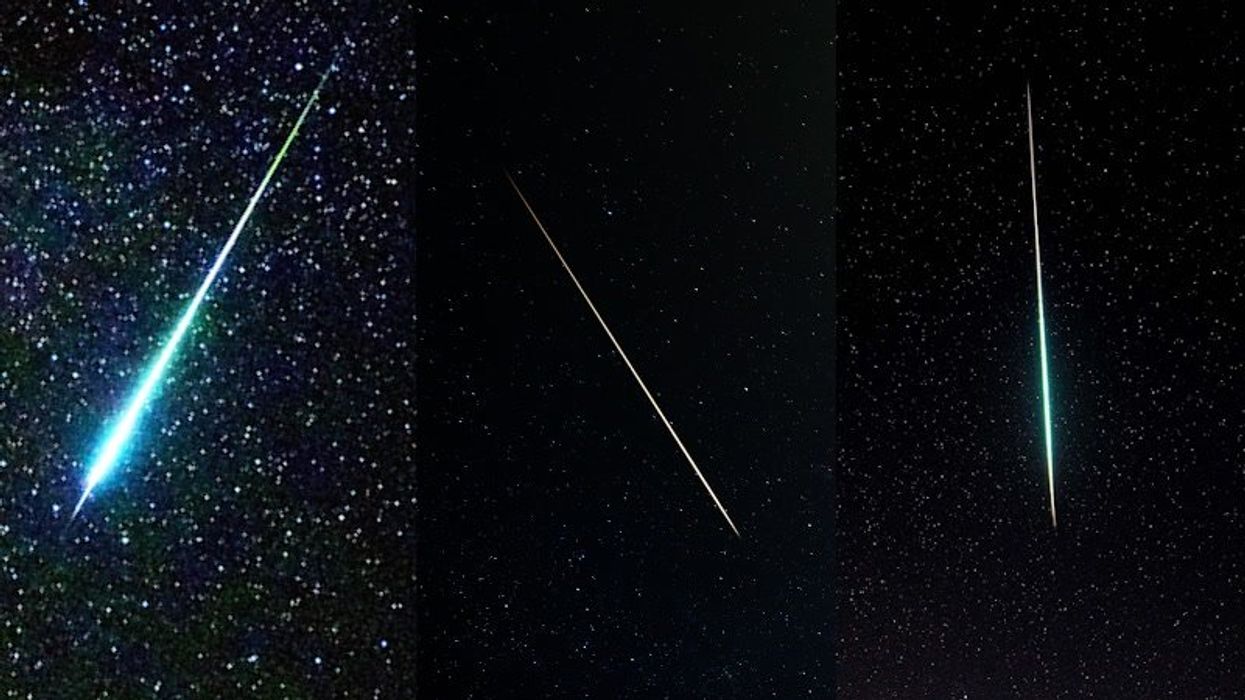Science & Tech
Becca Monaghan
Nov 12, 2024
Top astronomy events for November 2024
AccuWeather / VideoElephant
Scientists have discovered an Earth-like planet orbiting a dead star 4,000 light years from here, giving us a humbling glimpse into Earth's likely fate.
Published in Nature Astronomy, the planet, scientifically known as KMT-2020-BLG-0414, was explored by a team of researchers from the University of California through their Keck Telescope. The rocky planet orbits a White Dwarf, the stellar core left behind from a dying star.
KMT-2020-BLG-0414 is twice the size of Earth with its planetary system also containing a brown dwarf, a star that failed to ignite and is 17 times the mass of Jupiter.
The planet was first spotted by astronomers back in 2020 after passing a distant star approximately 25,000 light years away.
The discovery hints at Earth's fate as it looks similar to expectations for the Sun-Earth system, in that the sun will eventually inflate larger than Earth's orbit and engulf Venus and Mercury in the process.
As the star transforms into a red giant, its mass will push planets to distant orbits, meaning Earth may not survive farther from the sun.
The outer layers of the red giant will eventually leave a white dwarf with the mass of a star.
In the slight chance Earth survives, it will end up in an orbit twice its size.
"We do not currently have a consensus whether Earth could avoid being engulfed by the red giant Sun in 6 billion years," lead author Keming Zhang said in a statement.
"In any case, planet Earth will only be habitable for around another billion years, at which point Earth’s oceans would be vaporized by runaway greenhouse effect — long before the risk of getting swallowed by the red giant."
Meanwhile, Jessica Lu, associate professor and chair of astronomy at UC Berkeley added: "Whether life can survive on Earth through that (red giant) period is unknown. But certainly the most important thing is that Earth isn’t swallowed by the Sun when it becomes a red giant.
"This system that Keming found is an example of a planet — probably an Earth-like planet originally on a similar orbit to Earth — that survived its host star’s red giant phase."
How to join the indy100's free WhatsApp channel
Sign up for our free Indy100 weekly newsletter
Have your say in our news democracy. Click the upvote icon at the top of the page to help raise this article through the indy100 rankings.
Top 100
The Conversation (0)














